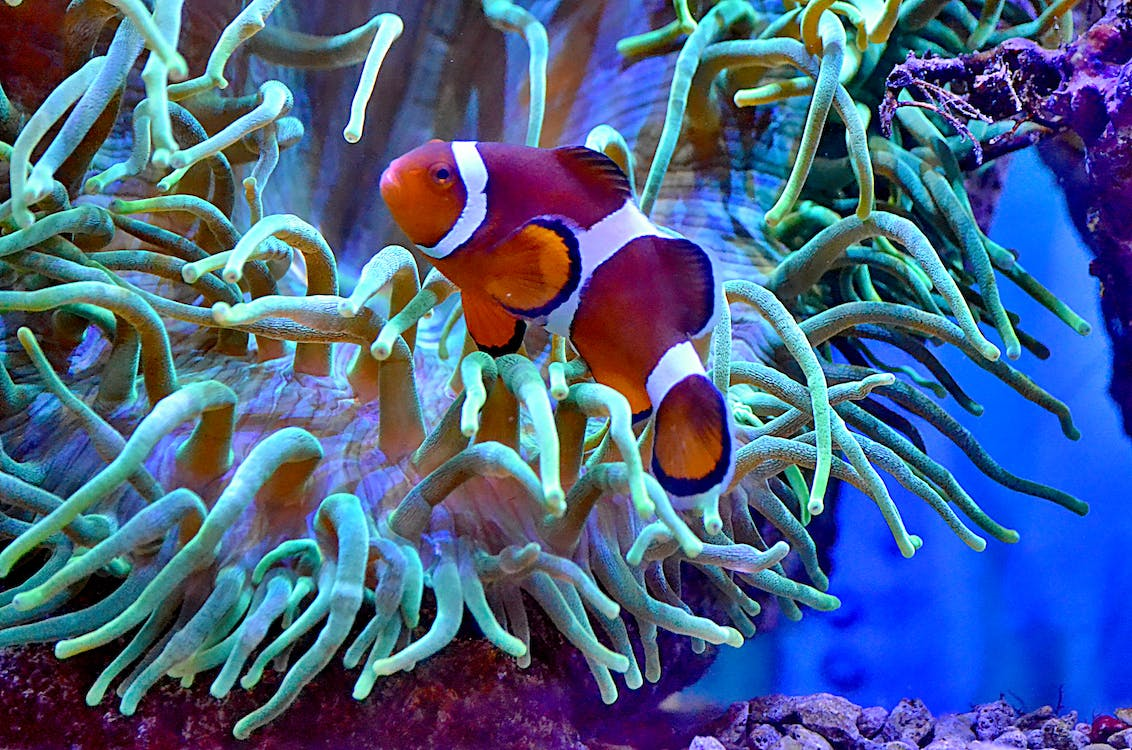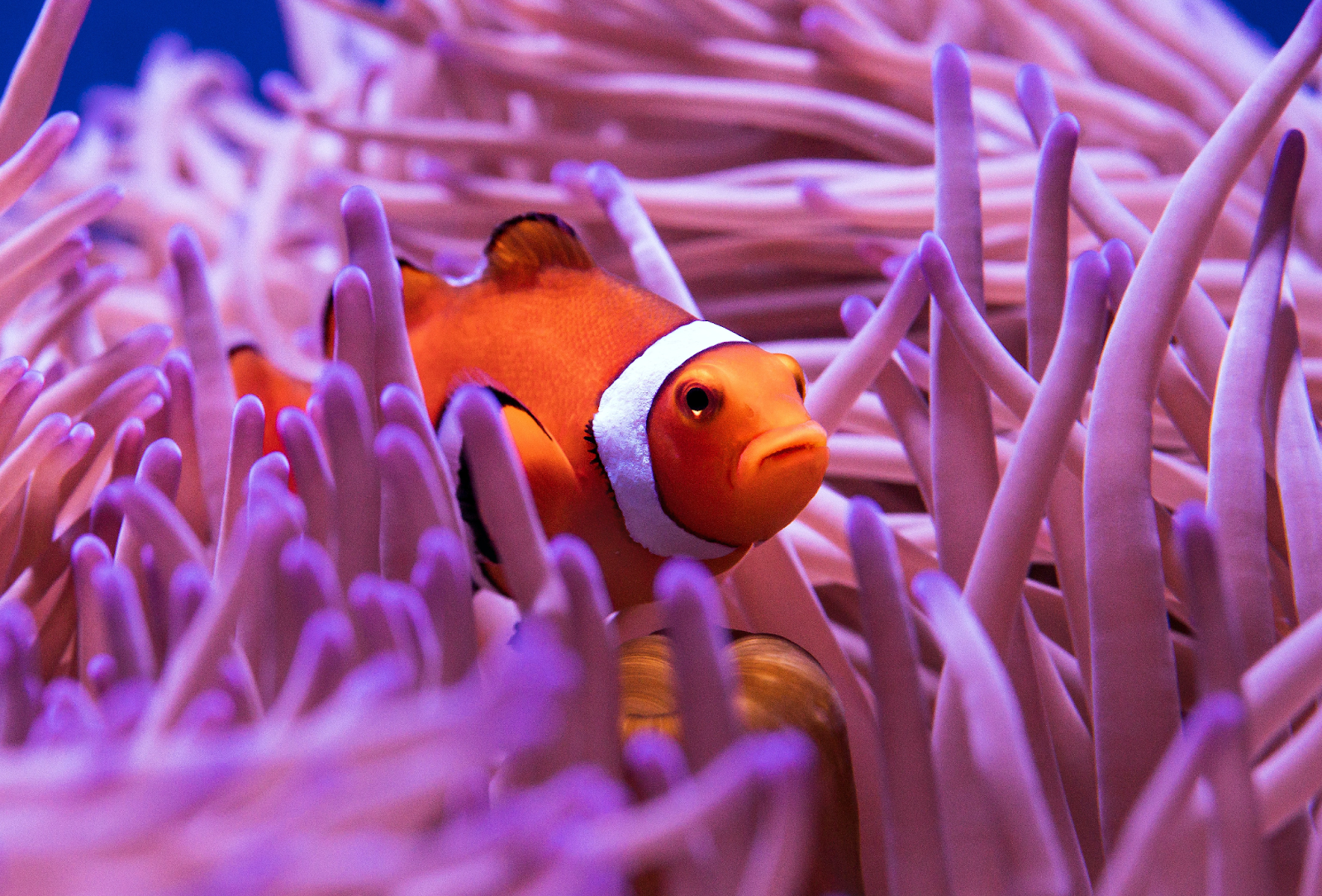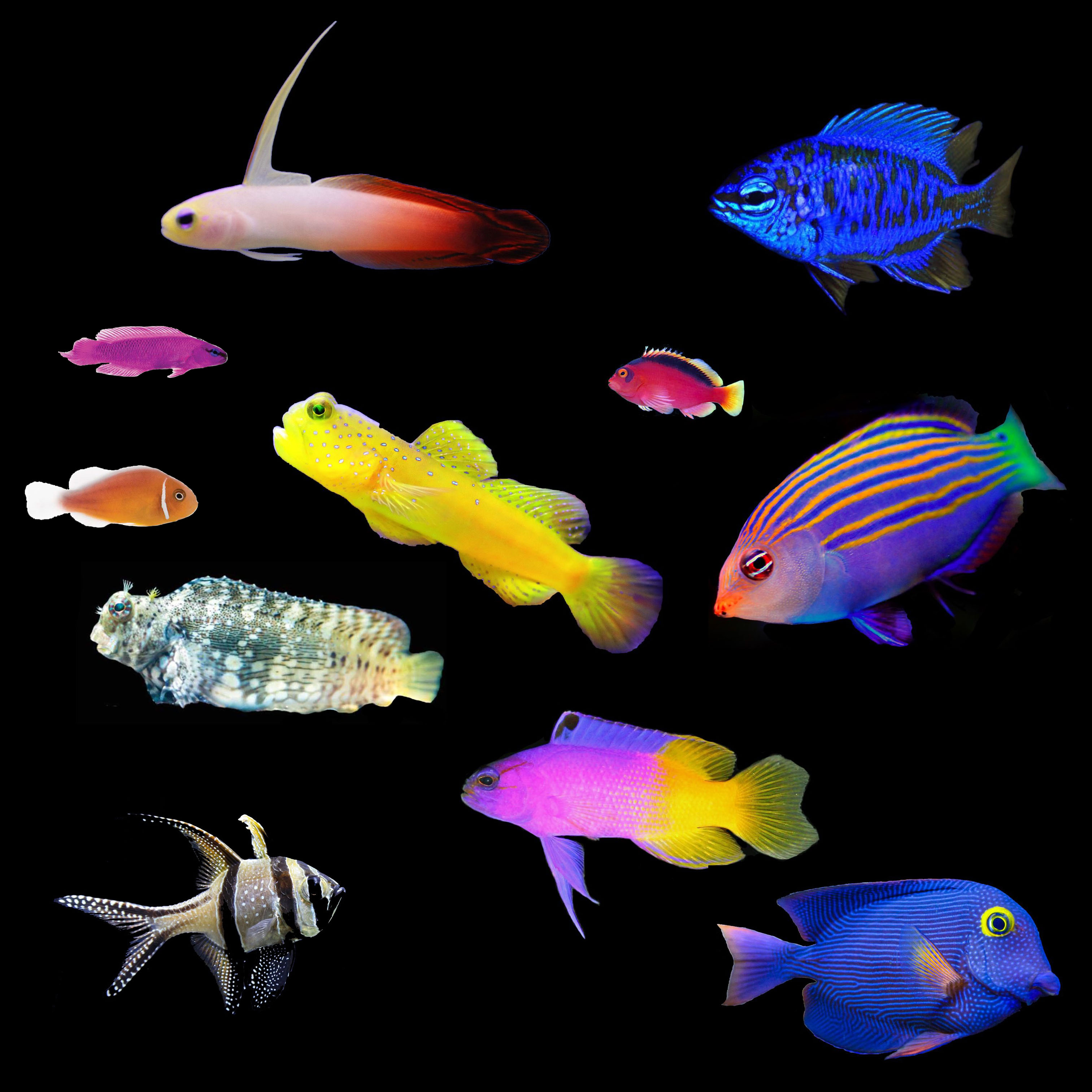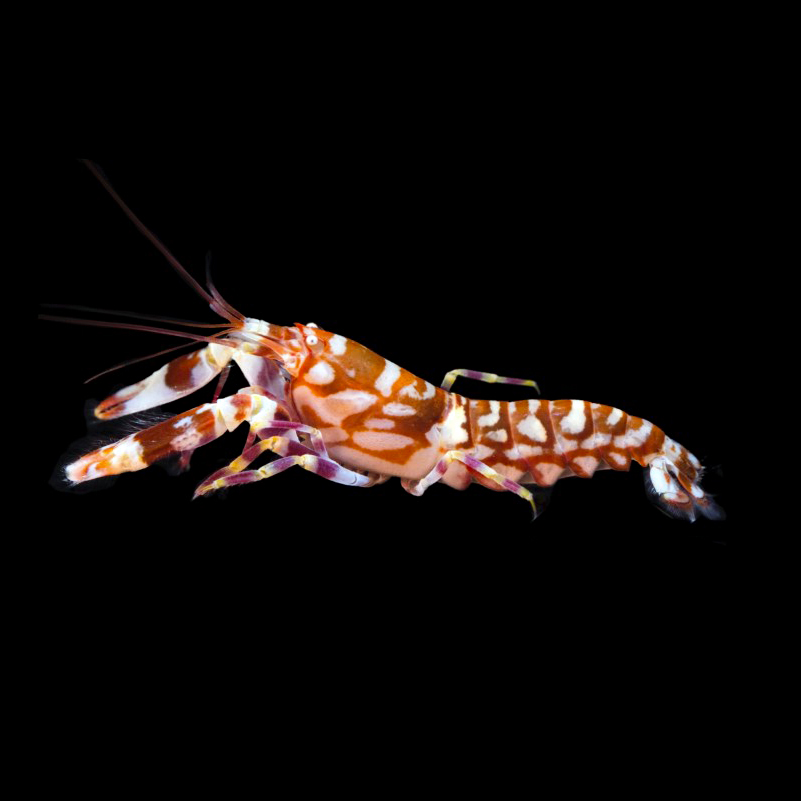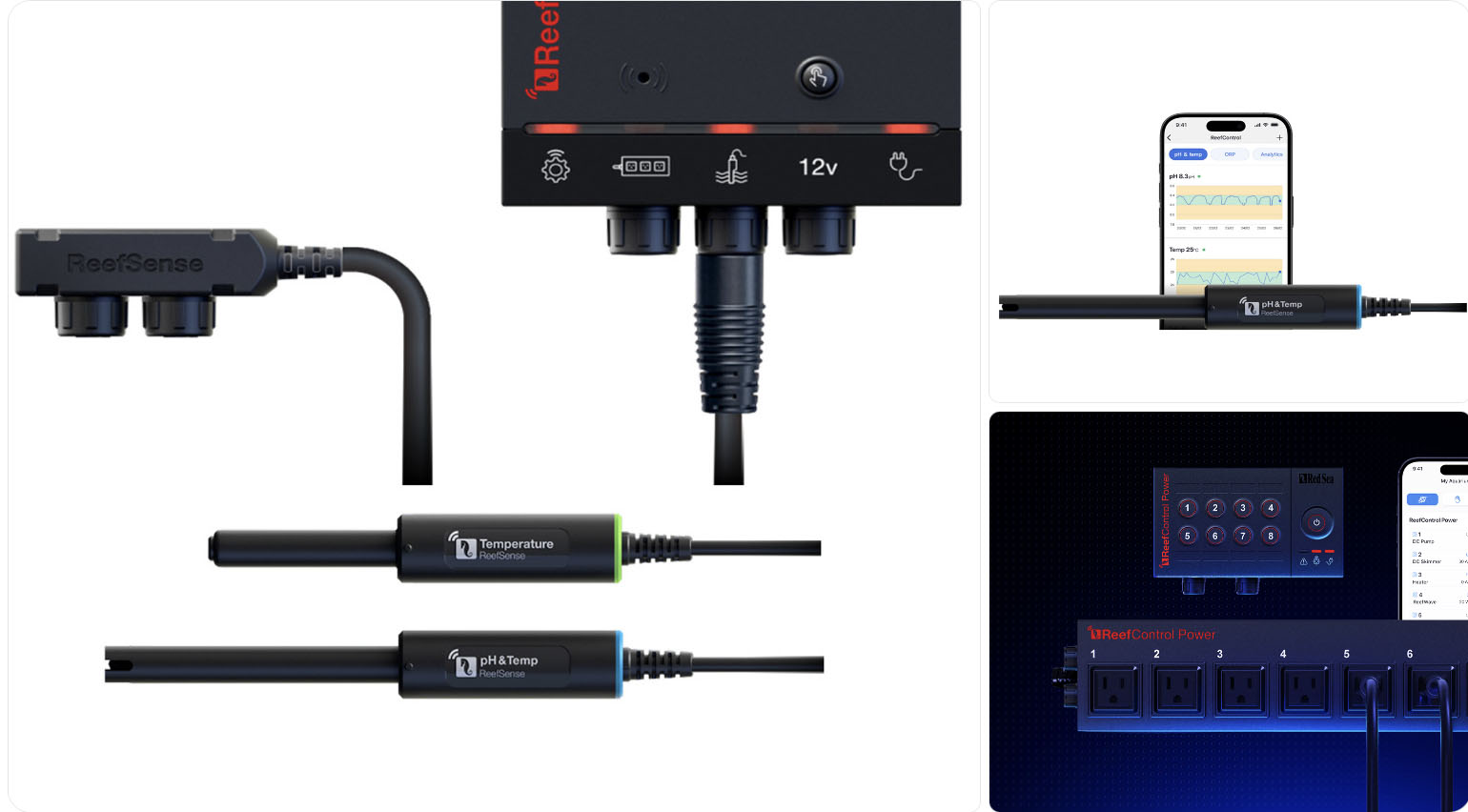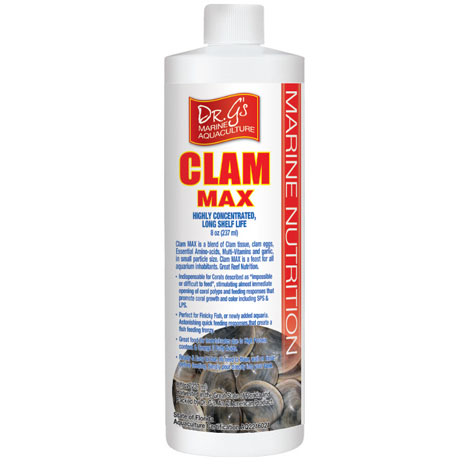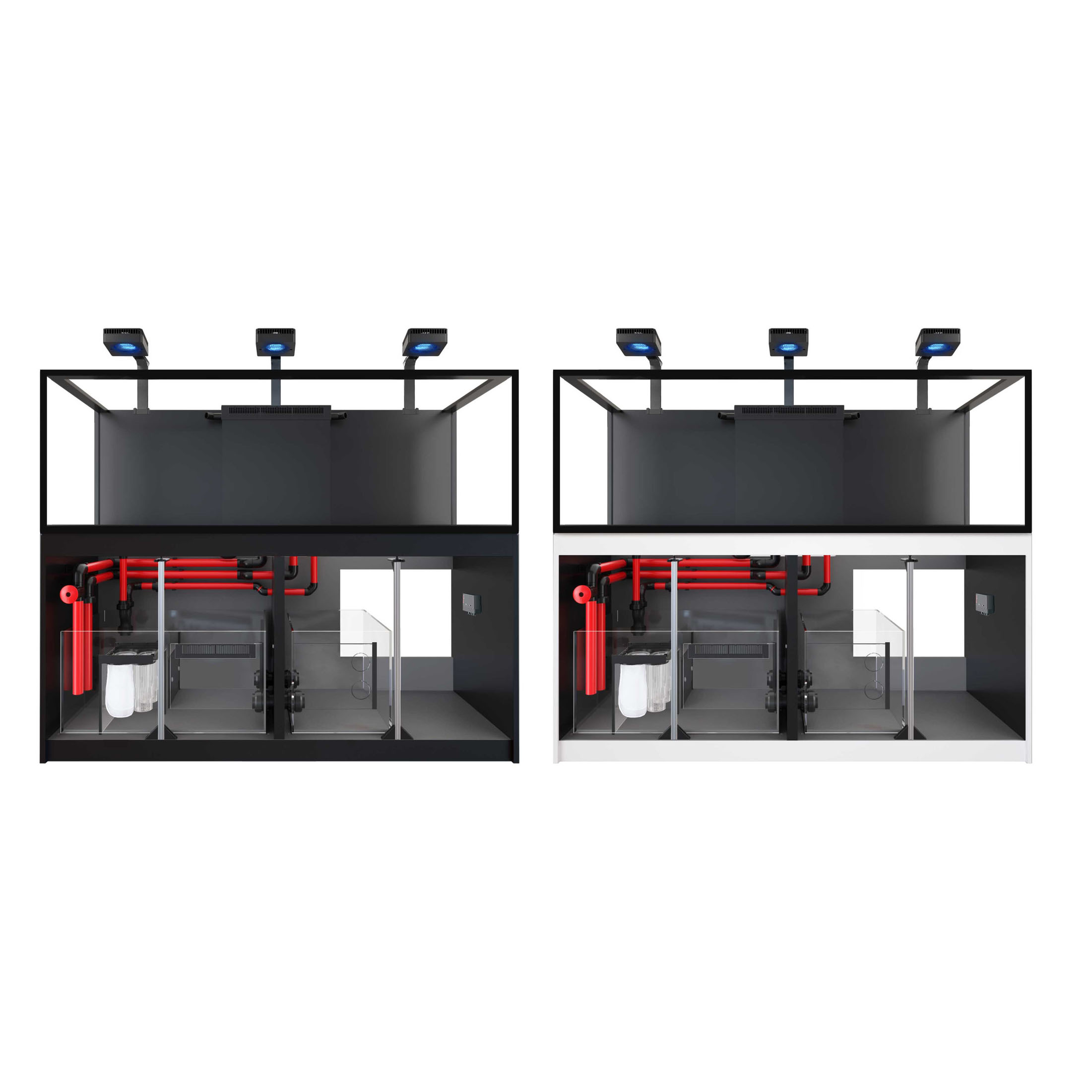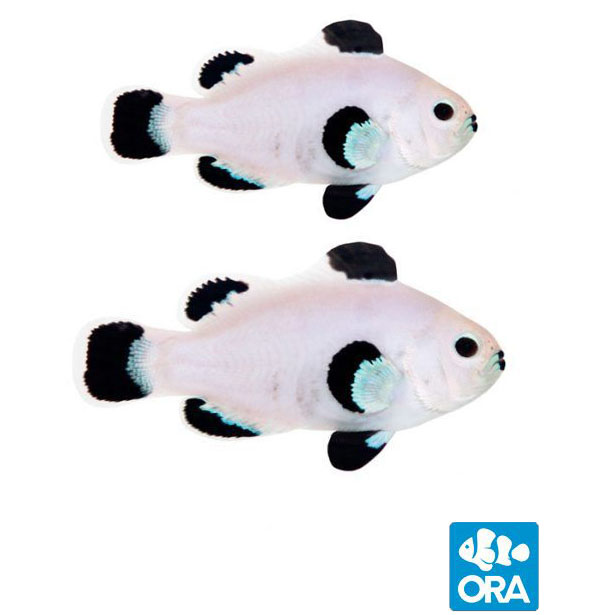We use cookies to make your experience better. To comply with the new e-Privacy directive, we need to ask for your consent to set the cookies. Learn more.
The Beneficial White Sand Sifting Starfish (Archaster typicus)
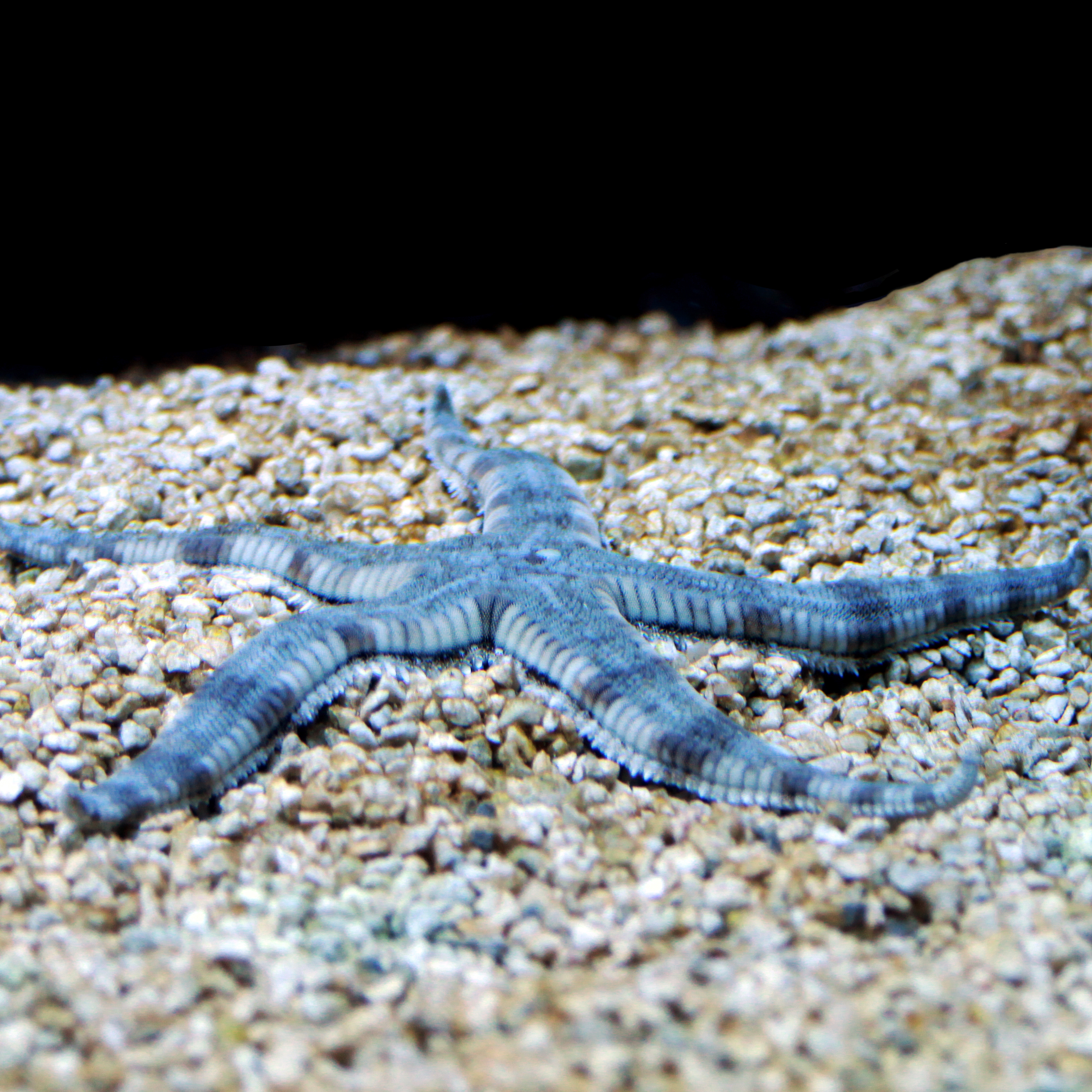
The White Sand Sifting Starfish, also known as Archaster typicus is commonly found in the aquarium trade and in this article we are going to discuss what you need to know to successfully keep one or more of these in your saltwater aquarium or reef tank. As a vital member of any aquarium clean-up crew, these remarkable animals play a crucial role in maintaining the health and cleanliness of your saltwater aquarium or reef tank. Here's why you should consider adding one to your aquatic habitat.
Description: The White Sand Sifting Starfish, a variation of Archaster typicus, boasts a stunning appearance with its pristine white coloration and distinctive shape. Typically ranging in size from 4 to 6 inches in diameter, these starfish are prized for their ability to sift through the substrate, aerating and cleaning the sand bed in your aquarium.
Diet: As an integral part of the aquarium clean-up crew, the Sand Sifting Starfish primarily feeds on detritus, leftover food particles, and algae that accumulate in the sand bed. Their constant sifting activity helps prevent the buildup of organic waste, promoting a healthier environment for your aquatic inhabitants.
Benefits: Adding a Sand Sifting Starfish to your aquarium offers numerous benefits. Not only do they contribute to the overall cleanliness of the tank by keeping the substrate free of debris, but they also help prevent the formation of anaerobic pockets, which can harbor harmful bacteria. Additionally, their presence adds a captivating dynamic to your tank's ecosystem, enhancing its aesthetic appeal.
Tank Mates: While White Sand Sifting Starfish are generally peaceful creatures, it's essential to be mindful of potential tank mates that may pose a threat to them. Species such as the Harlequin Shrimp (Hymenocera elegans) are known to prey on starfish, including the White Sand Sifting variety. Additionally, certain predatory fish species or aggressive invertebrates may view the starfish as food. Therefore, it's crucial to research and carefully select compatible tank mates to ensure the well-being of your White Sand Sifting Starfish.
Lifespan: On average, White Sand Sifting Starfish have a lifespan of 2 to 3 years in a well-maintained aquarium environment. Providing proper care, including a balanced diet and suitable water parameters, can help maximize their lifespan and ensure their continued health and vitality.
Disk Description and Function: The disk, or central disc, located on top of the White Sand Sifting Starfish serves as the central hub of its anatomy. This disc-shaped structure is characterized by its pentaradial symmetry, featuring five arms radiating outward from the center. The underside of the disc houses the starfish's mouth and intricate hydraulic system, which powers its tube feet and facilitates locomotion.
The disk plays a crucial role in the starfish's feeding and sensory functions. It serves as the primary attachment point for the starfish's tube feet, allowing it to grip and manipulate objects as it sifts through the sand in search of food. Additionally, the disk contains sensory structures that enable the starfish to detect chemical cues and locate prey items hidden within the substrate.
Locomotion: The White Sand Sifting Starfish exhibits a fascinating mode of locomotion that I remember learing about in Biology class and it is both efficient and intriguing to observe.
Using hundreds of tiny tube feet located on their underside, these starfish glide gracefully across the substrate, propelled by a hydraulic system that controls the movement of their appendages. Their tube feet, equipped with suction cups, adhere firmly to the surface of the sand, allowing the starfish to maneuver with remarkable precision. By coordinating the extension and contraction of their tube feet, they can crawl across the sand bed in search of food and suitable habitats.
Reproduction: Archaster typicus reproduce sexually, with individuals releasing eggs and sperm into the water column during spawning events. Fertilization occurs externally, as the gametes mix in the water column and form fertilized embryos. These embryos undergo development, eventually hatching into free-swimming larvae known as bipinnaria.
The bipinnaria larvae undergo a period of planktonic dispersal, during which they feed and grow while drifting with ocean currents. Over time, the larvae undergo a metamorphosis into juvenile starfish, undergoing dramatic changes in morphology and behavior as they transition from a pelagic (open ocean) lifestyle to a benthic existence.
Reproduction in Captivity: While it is theoretically possible for White Sand Sifting Starfish to reproduce in captivity, successful breeding and larval development can be challenging to achieve in a home aquarium setting. Captive breeding efforts often require specialized equipment, controlled environmental conditions, and careful monitoring to simulate natural spawning cues and support larval survival.
Additionally, White Sand Sifting Starfish possess a unique ability to bury themselves partially in the substrate, utilizing their tube feet to anchor themselves securely. This behavior not only helps them evade predators but also enables them to access deeper layers of the sand bed, where organic matter may be more abundant. Observing the locomotion of White Sand Sifting Starfish can provide valuable insights into their behavior and ecology, offering enthusiasts a glimpse into the intricacies of marine life.
Whether gracefully gliding across the sand or burying themselves for protection, these starfish demonstrate a remarkable adaptation for survival in their underwater habitat.
The White Sand Sifting Starfish, Archaster typicus, is a valuable addition to any saltwater aquarium or reef tank. With its efficient sand-sifting abilities, striking appearance, and beneficial role in maintaining tank cleanliness, this species offers both practical and aesthetic advantages. Just be sure to choose compatible tank mates and provide a suitable environment to ensure the health and longevity of your starfish. Consider the sand sifting starfish as another interesting focal point for your aquarium as well as an additional and beneficial addition to your aquarium cleanup crew.












